AMD, Intel or ARM: Whose Chips Will Solve the Data Problem?
- March 8, 2023
- 0
As there is more data, more and more powerful infrastructure is needed to process it. At the MWC, the x86 specialists Intel and AMD as well as ARM
As there is more data, more and more powerful infrastructure is needed to process it. At the MWC, the x86 specialists Intel and AMD as well as ARM
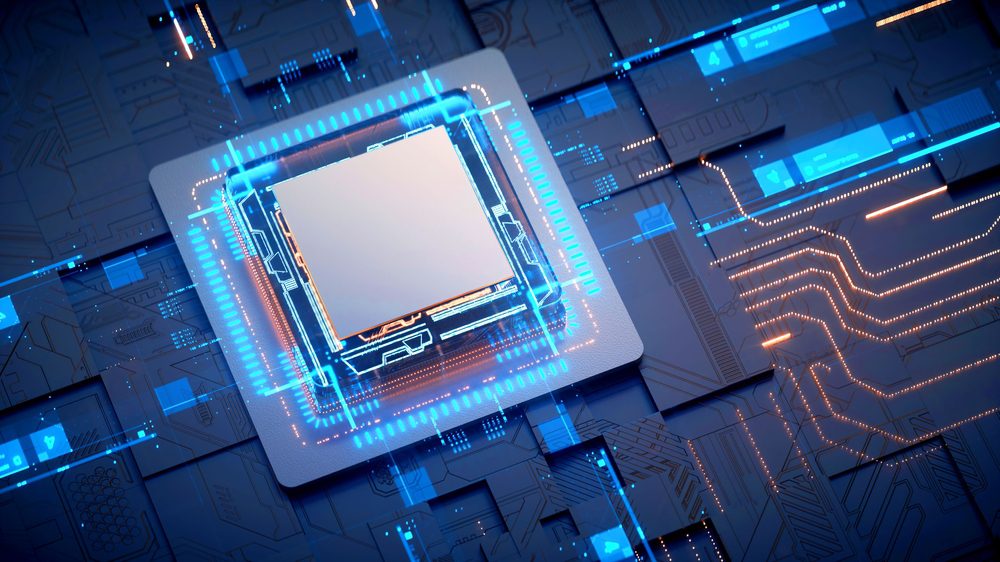
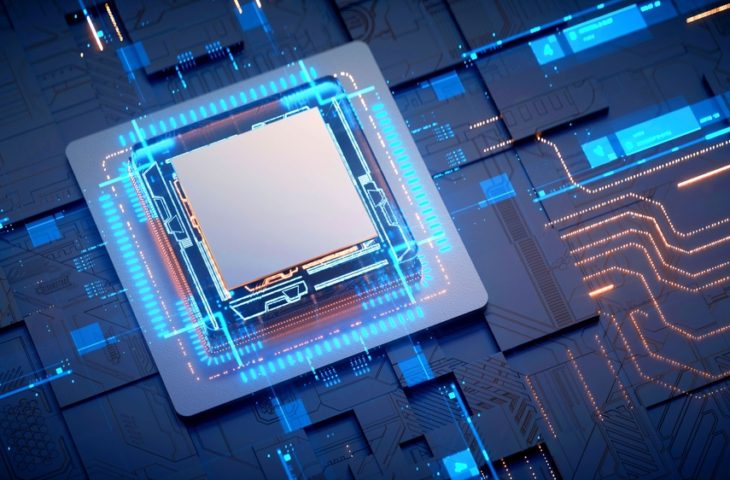
As there is more data, more and more powerful infrastructure is needed to process it. At the MWC, the x86 specialists Intel and AMD as well as ARM will show their solutions to this problem. All three try to use their strengths, which are very different.
Whether Moore’s Law is dead or not, Mohamed Awad, senior vice president and general manager of the Arm’s Infrastructure division, is undecided. “One thing is for sure, Moore isn’t what he used to be,” he says. This is a problem, but also an opportunity. “Moore is how we’ve traditionally handled data growth,” he clarifies. More data, more computing power: It was that simple.
Today the topic has become more complex and possible answers are becoming ever more divergent. At the MWC, Arm, Intel and AMD will show their solutions to the data problem. All three are fighting for their place in the infrastructure landscape, albeit with different focuses.
Intel, for example, doesn’t talk too much about cores, clock speeds, and the power consumption associated with them. Rightly so: that’s a story the processor maker wouldn’t emerge as the champion of since the introduction of the latest Xeon scalable processors. In the x86 market today, AMD has the better chips when we look at raw processing power. Can it be a different architecture? Then your electricity bill will look better with ARM.
Intel is therefore taking a different approach. At the MWC in Barcelona, the chip specialist is once again pointing out the complete package that comes under the new name Xeon. You don’t just get a classic CPU, you get one that’s powered by on-chip accelerators. In the context of MWC, this accelerator is referred to as The Intel vRAN Boost. The accelerator takes over the function that has traditionally been the domain of an external card. As a total package, the Xeon is suddenly an interesting and even energy-friendly solution.
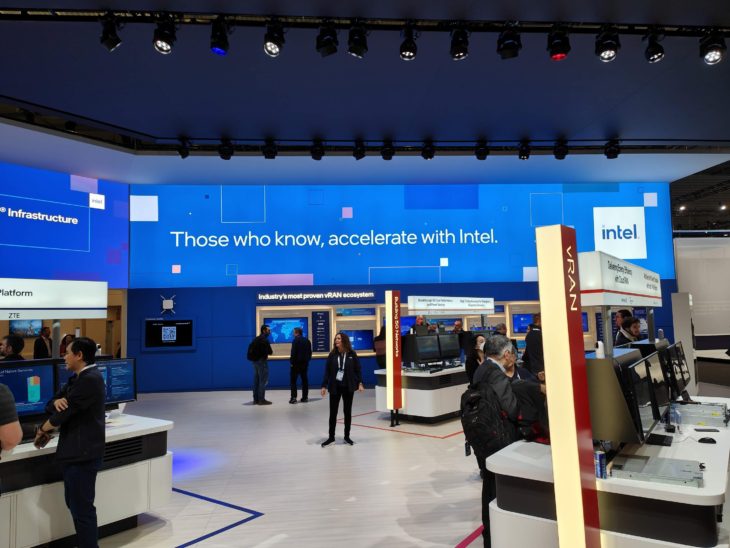
This story comes out clearly when we speak to Jeff Sharpe, Senior Director, 5G and Edge AI Solutions at Supermicro. “Intel jumped on this vRAN train,” he agrees. “The on-chip accelerator supports vRAN and Open vRAN. The chip designer is the only one who does that.”
With Supermicro we try to be the Switzerland of the server.
Jeff Sharpe, Senior Director, 5G and Edge AI Solutions Supermicro
With the accelerator strategy, will Intel become the king of the telco chips or the infrastructure market in general? I’m sure you won’t hear Sharpe say that. “With Supermicro, we’re trying to be Switzerland’s server,” he laughs. “We have good server solutions with Intel, but certainly also with AMD and recently even with ARM chips.”
So on to AMD. Advanced Micro Devices doesn’t feel at all threatened by Intel’s accelerator strategy. “A combination of CPU cores and accelerators is possible thanks to a chiplet design,” said Gilles Garcia, senior director business lead data center and communications group at AMD. “And we invented chiplet design.”
But why doesn’t AMD put similar chiplets on its Epyc processors to trick Intel? Since the expensive acquisition of Xilinx, the manufacturer has certainly had the technology in-house.
“We see and believe that the market is not yet mature enough for this,” explains Garcia. “We don’t see any demand in the market. We work closely with the key players in the industry like Ericsson and Nokia and they don’t want that from us.”
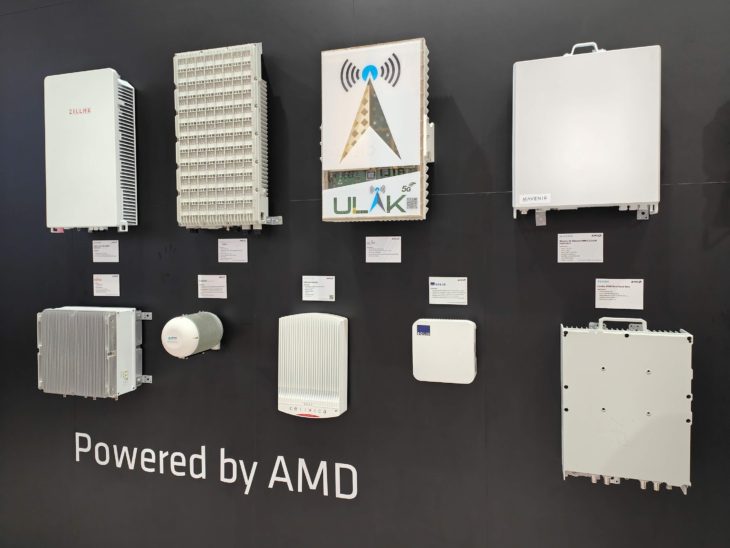
What they want from AMD is the same as what they wanted from Xilinx before the acquisition. This acquisition has given AMD an immense presence in the telecom sector. Xilinx FPGAs can be found in radios worldwide. For example, AMD immediately gained a foothold with major telcos. Garcia beams: “You can see our products everywhere at the fair.”
We now have a complete end-to-end telecoms strategy.
Gilles Garcia, Senior Director Business Lead Data Center and Communications Group AMD
A wireless access network containing ex-Xilinx products naturally connects to the core network, and that’s where AMD shows up One stop shop. “We now have a complete end-to-end telecoms strategy.” If the RAN and vRAN cards and accelerators come from AMD, the step to an Epyc processor in the servers for the core network is small. AMD is confident that the strategy is the right one at the moment to solidify its place in the infrastructure market. And when you separate the CPU capabilities from the other hardware, AMD has the best value for money in the x86 market.
Although no one says you should limit yourself to an x86 processor. And certainly not Mohamed Awad. The architecture has been on the rise since Arm, the ARM architecture license holder, launched the Neoverse design for server chips in 2018. According to Awad, the time has come for more competition in the CPU market.
“Over the past four years, the amount of data has grown from 33 zetabytes to 120 zetabytes worldwide,” says Awad. “At the same time, sustainability is high on everyone’s agenda. In addition, there is now war in Europe and energy costs have risen sharply.” With Neoverse, Arm has provided an alternative to x86 and the IT world is ready to deal with it seriously.
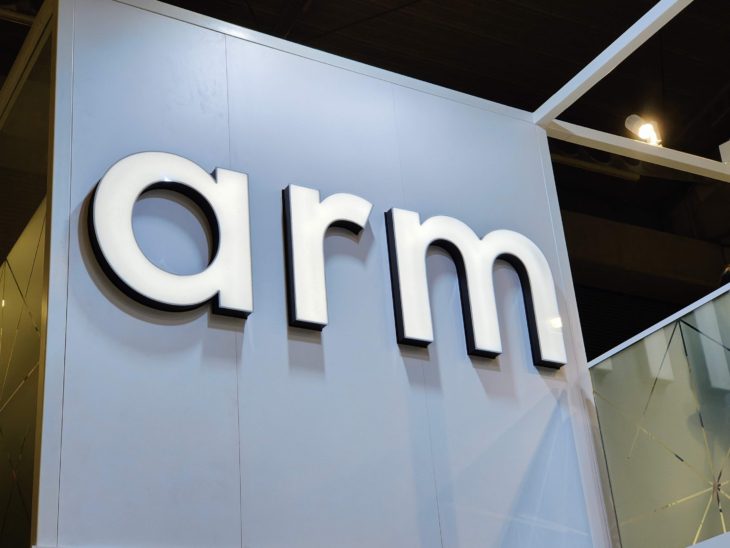
With the ARM architecture, ARM holds a major differentiator over Intel and AMD. The architecture has proven to be more efficient in recent years, with a better balance between price, performance and consumption of the x86 alternatives.
Arm is also pursuing a strategy very different from that of Intel and AMD. Unlike these chip giants, Arm doesn’t sell finished products. Awad: “We don’t supply SoCs, but implementation cores or subsystems. Parties like AWS, Ampere or Marvell then build a SoC based on our innovation. This strategy resulted in ARM having many firsts, such as the first compatibility with DDR5.”
We don’t deliver SoCs, but implementation cores or subsystems.
Mohamed Awad, Senior Vice President and General Manager Infrastructure Segment Arm
In that regard, Arm currently has no intention of becoming involved in any on-chip or off-chip accelerators. The ARM designs are particularly suitable for partners who want to build their own unique chips and accelerators.
Who got it right? Probably a little bit each. The CPU market is becoming more heterogeneous. This trend has irreversibly started today and is being embraced by Intel, AMD and Arm. Awad himself sees a bright future for ARM and the ARM architecture with plenty of room for growth, but don’t expect x86 to suddenly end up on the sidelines.
Intel has it a little tougher these days, with roadmaps that consistently seem overblown. However, the chip mastodon has the advantage of being ubiquitous. In addition, the company can rely on strong relationships, such as with Supermicro. The integration of chips and accelerators may not be a magic solution that will transform the market immediately, but it puts Intel on an exciting path into the future. We also saw a lot at the MWC buzz for the solution.
At AMD, we can see the pundits at the booth almost visibly enjoying the momentum. The CPUs are generally greeted with great enthusiasm, but Garcia himself points out that the processors are only part of the story. “Before acquiring Xilinx, AMD didn’t have a complete telecoms strategy,” he clarifies. This also applies to other industries such as automotive and even the data center. “With Xilinx we have end-to-end solutions.”
So much computing power is required in so many different scenarios these days that there is something to be said for every story. Key Lesson: The CPU market and all that surrounds it hasn’t been this exciting and competitive in more than a decade.
Source: IT Daily
As an experienced journalist and author, Mary has been reporting on the latest news and trends for over 5 years. With a passion for uncovering the stories behind the headlines, Mary has earned a reputation as a trusted voice in the world of journalism. Her writing style is insightful, engaging and thought-provoking, as she takes a deep dive into the most pressing issues of our time.